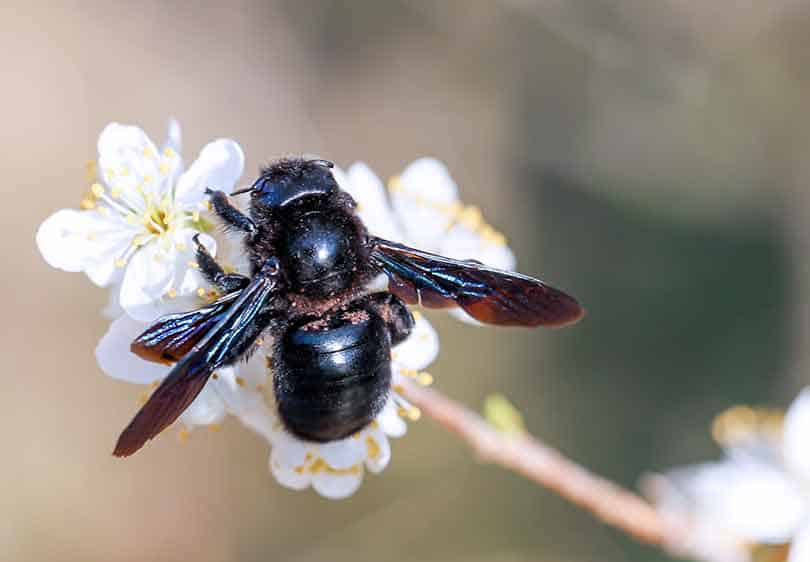Professional Advice for Vole Control Utah County
Professional Advice for Vole Control Utah County
Blog Article
Reliable Pest Control Solutions for Vole Infestations

In the world of insect control, vole invasions present a special obstacle that demands a tactical technique. By diving into the ins and outs of vole habits and exploring a range of control approaches, an extensive insect monitoring strategy tailored to these elusive animals can be crafted. From all-natural repellents to cutting-edge trapping techniques, the arsenal versus vole invasions is multi-faceted.
Recognizing Vole Habits
Voles, tiny rats typically discovered in gardens and fields, display unique actions patterns that are important to comprehend when carrying out parasite control measures - vole control utah. These animals are respected diggers, developing a comprehensive network of passages underground where they nest, shop food, and seek shelter from killers and severe climate. Voles are herbivores and primarily eat lawns, seeds, bulbs, and origins, making fields and gardens perfect environments for them
One key actions of voles is their rapid price of recreation. Women can bring to life several clutters annually, with litter dimensions varying from three to 6 pups. This high reproductive capability allows vole populaces to quickly multiply, leading to invasions if left unchecked.
Comprehending vole behavior likewise involves acknowledging their patterns of activity and foraging. Voles create surface area paths in verdant areas as they travel between their burrows and food resources. By observing these paths and the locations of burrow entryways, parasite control experts can determine high-traffic locations and strategically location catches or deterrents to effectively manage vole populations.
All-natural Repellents and Deterrents
With an understanding of vole actions as a structure, discovering all-natural repellents and deterrents comes to be essential in successfully handling vole invasions in areas and yards. Furthermore, incorporating killer urine, such as that of foxes or coyotes, around the garden border can create an all-natural barrier that indicates threat to voles, encouraging them to remain away.
Furthermore, using castor oil-based repellents can interrupt vole tunnels as they discover the odor and taste unpleasant, triggering them to transfer. Mulching with materials like crushed rock, lava rocks, or coarse sand can likewise discourage voles as they dislike digging with these rough compounds. Applying a mix of these natural repellents and deterrents can aid successfully manage vole populations in a safe and sustainable fashion, safeguarding plants and gardens from vole damage.
Capturing Techniques for Voles

Snap traps are created to eliminate voles immediately upon activation. These traps ought to be put in locations where voles are understood to travel, such as close to burrow entrances or along their paths. It is important to inspect snap traps routinely and deal with any kind of caught voles quickly to make certain the efficiency of the trapping procedure.
Live traps are a more humane option for those that desire to catch voles without hurting them. When a vole is caught in an online catch, it can be securely transported to a various area and released unhurt. Live catches need to be examined often to stop anxiety or damage to the captured voles.
When establishing traps for voles, it is important to consider their actions and practices to raise the possibility of success (best vole pest control). By utilizing the appropriate capturing methods, vole populaces can be efficiently taken care of, minimizing the damage they trigger to farming and garden locations
Carrying Out Physical Barriers
To better fortify the defense against vole invasions, the strategic my website application of physical obstacles arises as a proactive step to secure farming and garden areas. Physical barriers such as cable mesh, equipment towel, or fences can be installed underground to prevent voles from tunneling into gardens or fields.
Moreover, using tree guards or trunk wraps made from metal or plastic can shield tree trunks from vole damage during winter season when various other food sources are scarce. These guards need to extend above the anticipated snow line to stop voles from gnawing on the bark. Routine evaluation and upkeep of these obstacles are vital to ensure their proceeded efficiency in deterring vole breaches and securing valuable plants and plants.
Integrated Insect Management Approaches
Integrating numerous insect control techniques, including biological controls, habitat control, and surveillance, forms the basis of efficient Integrated Parasite Management methods for resolving vole infestations. Biological controls include presenting all-natural killers of voles, such as owls or snakes, to the damaged area to assist minimize vole populaces.
Verdict
To conclude, efficient parasite control services for vole invasions entail understanding vole habits, using all-natural repellents and deterrents, applying trapping techniques, and establishing physical obstacles. Integrated parasite management techniques can also be employed to deal with vole problems adequately. By combining these methods, residential or commercial property owners can successfully reduce and take care of vole populaces without the demand for excessive pesticide usage.
With an understanding of vole actions as a foundation, exploring natural my sources repellents and deterrents becomes essential in efficiently handling vole infestations in areas and gardens. Carrying out a combination of these natural repellents and deterrents can assist efficiently handle vole populaces in a lasting and non-toxic way, protecting crops and yards from vole damage.
Incorporating different pest control approaches, including biological controls, environment control, and monitoring, creates the basis of efficient Integrated Pest Administration techniques for addressing vole problems. Biological controls involve presenting natural predators of voles, such as serpents or owls, to the afflicted location to assist reduce vole populaces (utah vole control).In final thought, effective parasite control services for vole infestations entail understanding vole behavior, making use of natural repellents and deterrents, applying trapping strategies, and setting up physical obstacles
Report this page